Building of the Day: 1-19 Jardine Place
Brooklyn, one building at a time. Name: Two-family row houses Address: 1-19 Jardine Place Cross Streets: Herkimer Street and Atlantic Avenue Neighborhood: Ocean Hill Year Built: 1890s Architectural Style: Renaissance Revival, some with Romanesque Revival details Architect: Unknown Landmarked: No The story: The more you get to know Brooklyn, the more you realize it would…
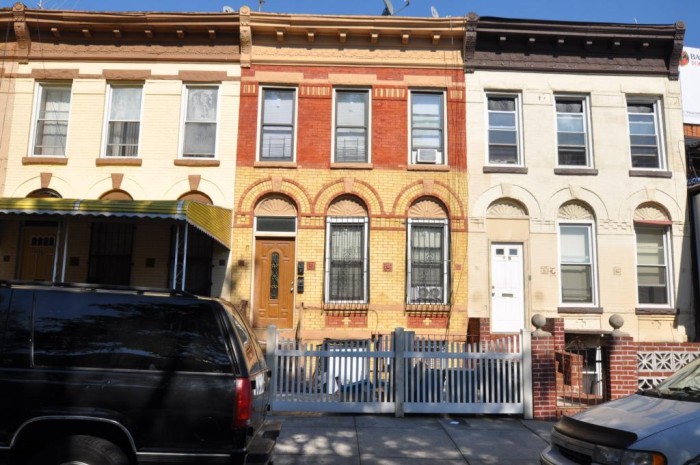

Brooklyn, one building at a time.
Name: Two-family row houses
Address: 1-19 Jardine Place
Cross Streets: Herkimer Street and Atlantic Avenue
Neighborhood: Ocean Hill
Year Built: 1890s
Architectural Style: Renaissance Revival, some with Romanesque Revival details
Architect: Unknown
Landmarked: No
The story: The more you get to know Brooklyn, the more you realize it would probably take a lifetime to really get to know this enormous borough. Of course, we all know it was an independent city up until 1898. Only a few years earlier, in 1894, Flatlands became part of Brooklyn, completing the land mass of the borough we know today. Brooklyn was and is geographically huge, and its neighborhoods are as varied as the different original towns, time periods, and kinds of architecture allow. All of Brooklyn’s neighborhoods have interesting stories.
Ocean Hill, the neighborhood between East New York, Brownsville, Bedford Stuyvesant and Crown Heights has some great residential architecture, as well as a vibrant history. Ocean Hill started to develop in the 1890s, and its boundaries cross Atlantic Avenue, creating a long neighborhood that abuts both Crown Heights and Bedford Stuyvesant. Because of school zones, poverty and demographics, Ocean Hill and neighboring Brownsville have been linked together since the 1960s and ’70s. But architecturally, the neighborhood is more aligned with its neighbors to the west, and less to Brownsville.
The results are blocks of late 19th century wood frame, limestone and brick row houses, later 1920s two-family row houses, and prewar apartment buildings. When they laid out the streets of Ocean Hill, the city fathers inserted rows of one-block enclaves, now all “Place” streets, between Atlantic Avenue and Herkimer Street in the blocks between Rochester and Van Sinderen Avenues. There are 14 of them.
They all had other names before 1887, when city officials voted to change the names of many of them, probably to differentiate them from other Brooklyn Streets with similar names. Jardine Place was previously named Washington Street. Sherlock Place was previously called 6th Street. In 1896, they voted to lay the sewers on these streets, and development began in earnest.
The houses on these Place streets run the gamut of styles, and many have been replaced by more modern housing. Today’s BOTD is just an example of one of the blocks. This side of Jardine Place is an intact row of 10 houses, all original two-family houses. Five have Romanesque Revival-style arched windows and doors, and the other five are more linear in a very spare Renaissance Revival style, with very little ornament other than the mixture of brick colors and rough-cut stone lintels and banding. I’d classify the entire row as Renaissance Revival.
These are very similar to houses further north, in far eastern Stuyvesant Heights, and are typical of the row houses of the 1890s and the first decade of the 20th century. They were built as two-family houses, with a rental unit on the top floor, aimed at a middle class market. They aren’t fancy, but good, solid houses with parquet floors, fireplace mantels and electric fixtures. The rooms are generally well laid out, and the ceiling heights are comfortable. The kitchens in the bottom unit, which had two floors, usually had a small built-in pantry between the kitchen and dining room. If these details remain in the houses, most old house lovers are quite happy to make these a 21st century home.
(Photo: Christopher Bride for PropertyShark)
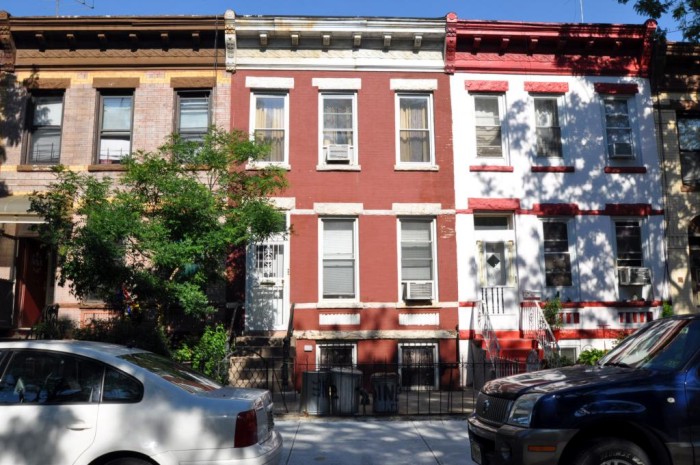
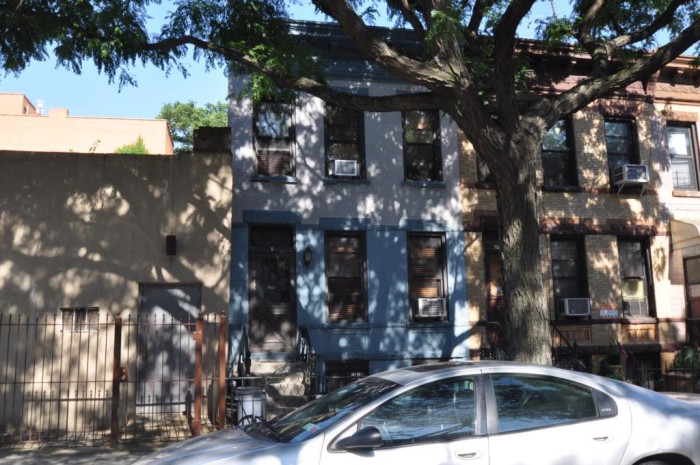
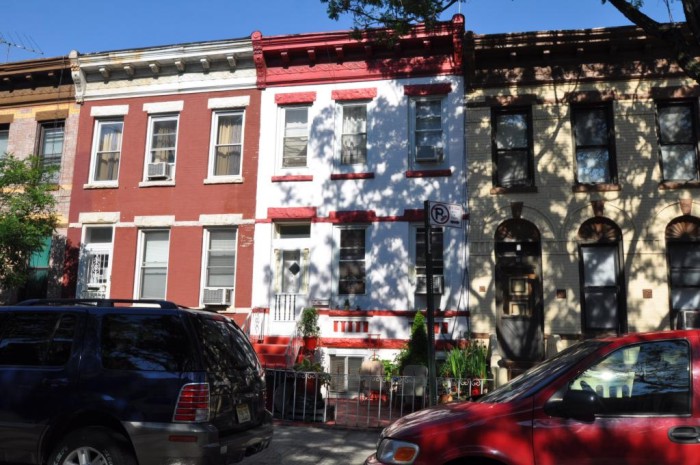
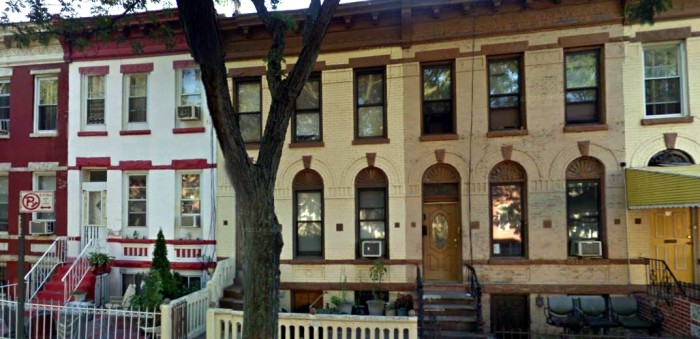
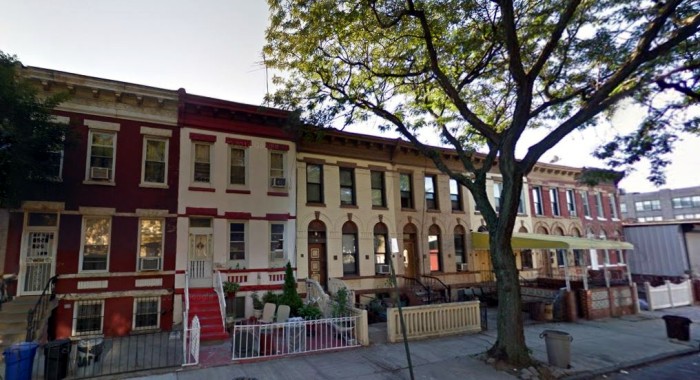

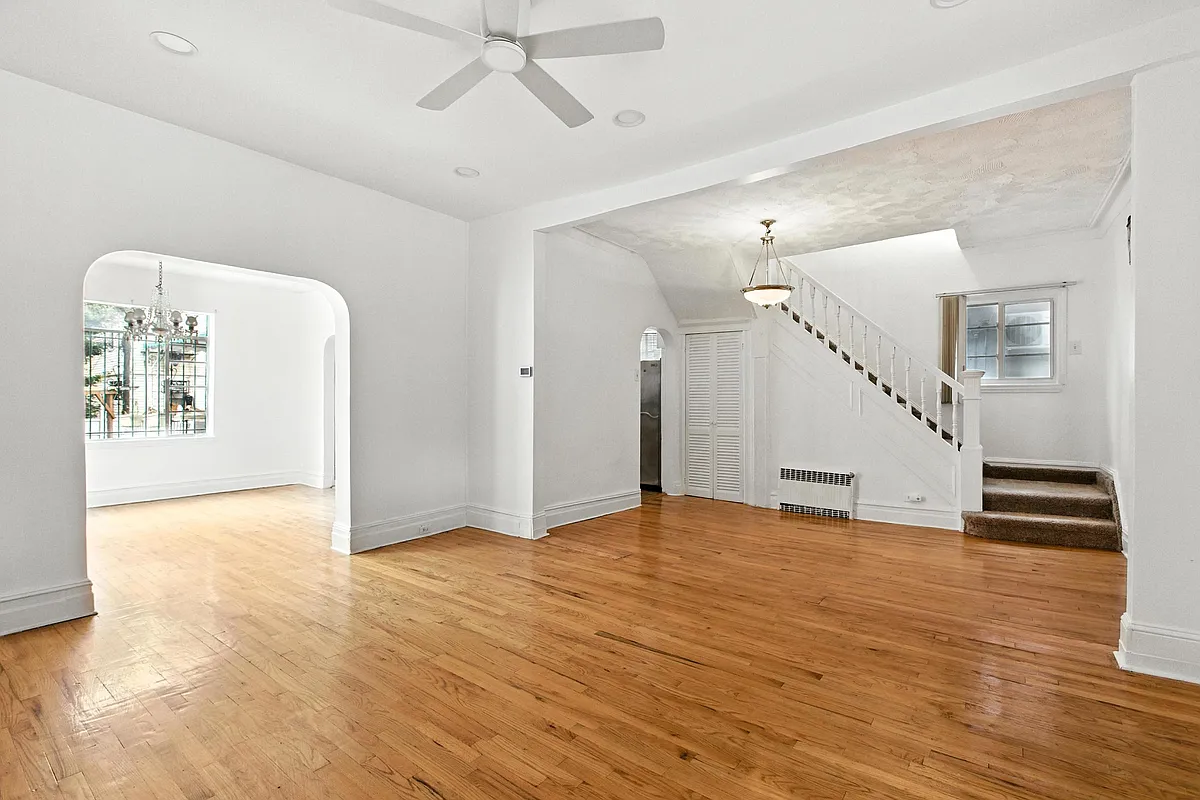
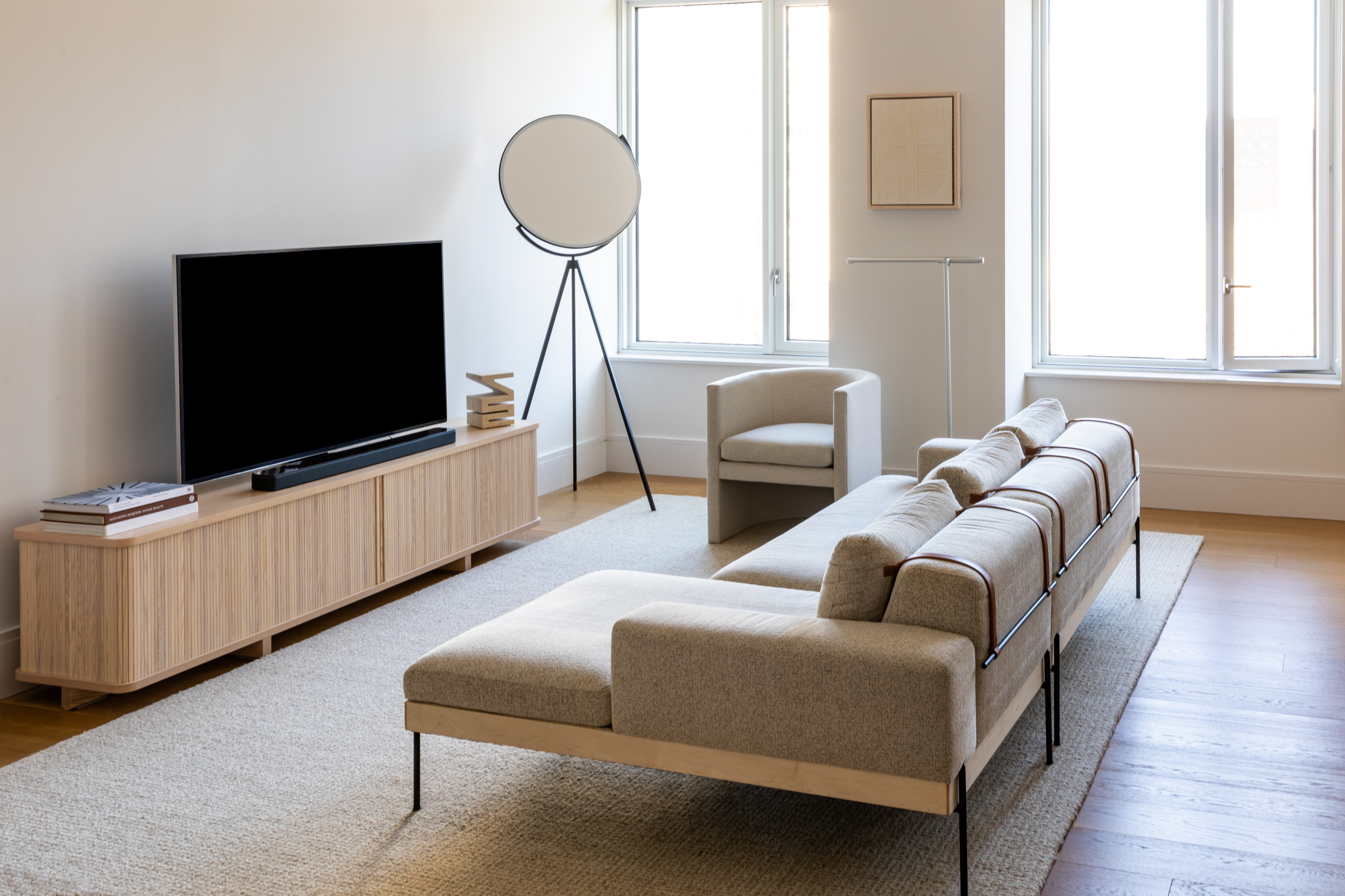
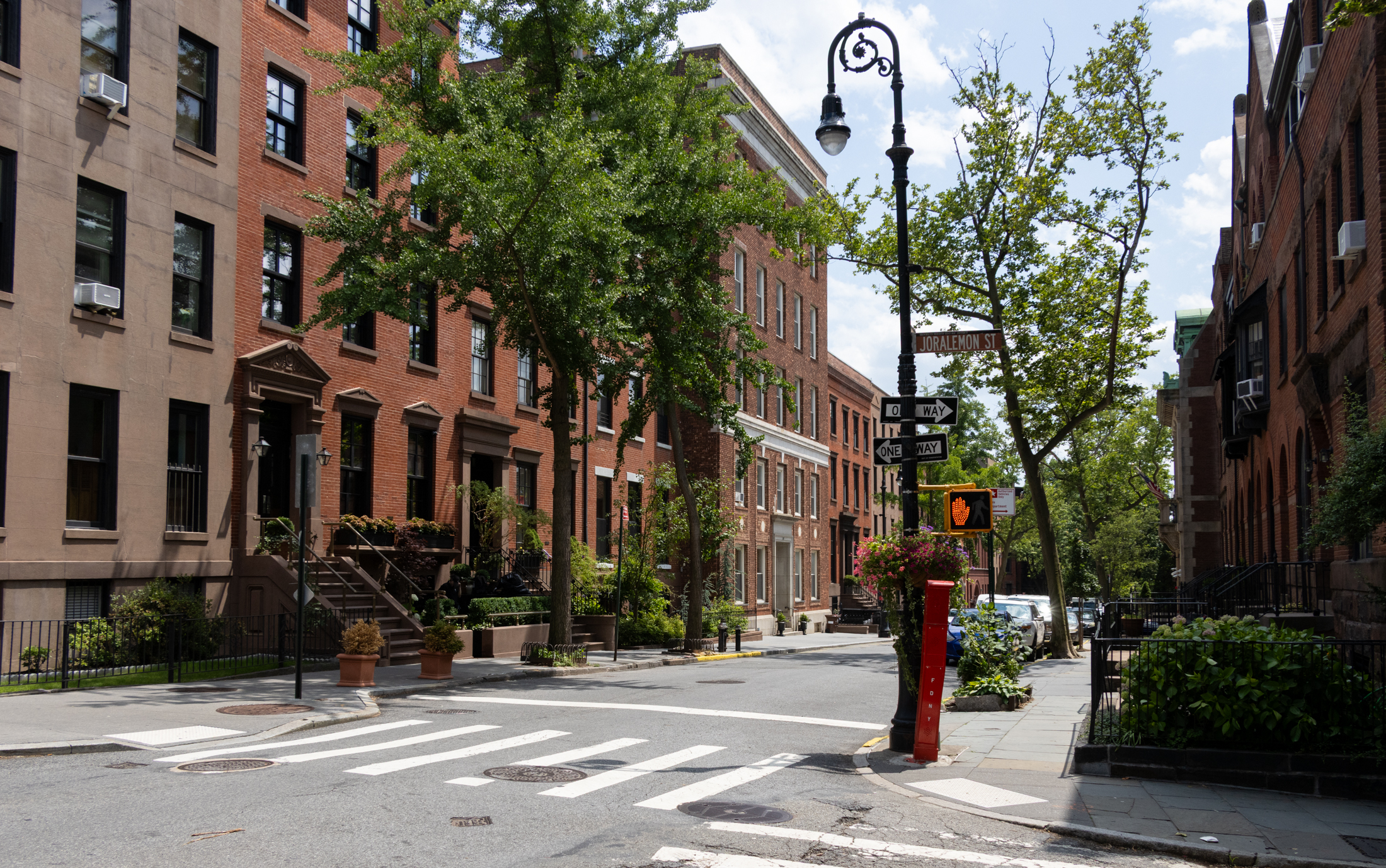
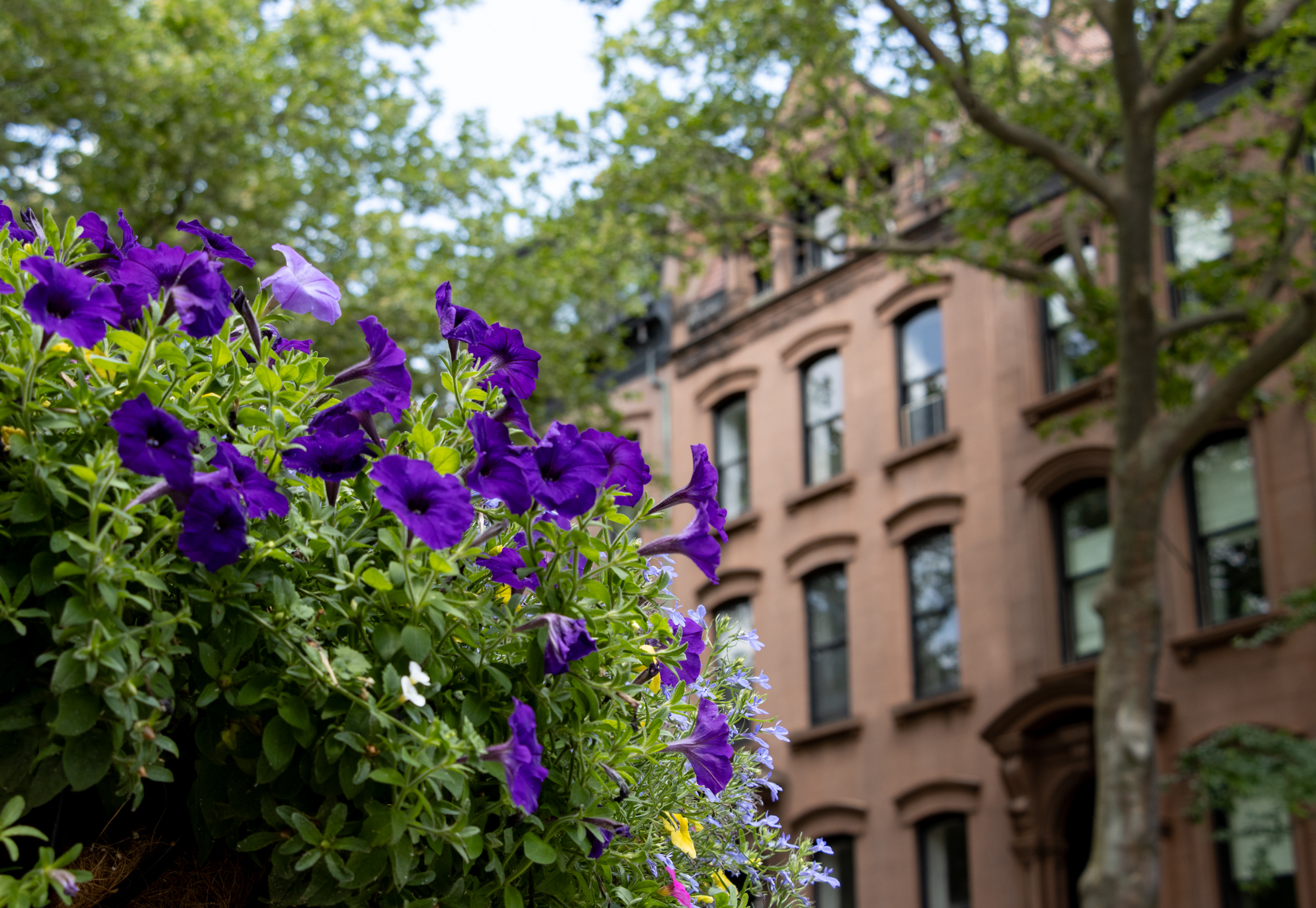
What's Your Take? Leave a Comment